Doors provide privacy, protection and separation, and they can be stylish while providing these functions. A cool door can be a design statement and a conversation starter. Or it can be the entrance to a hidden passage or room. Below are several door trends, along with some practical information on materials and costs.
Exterior Doors
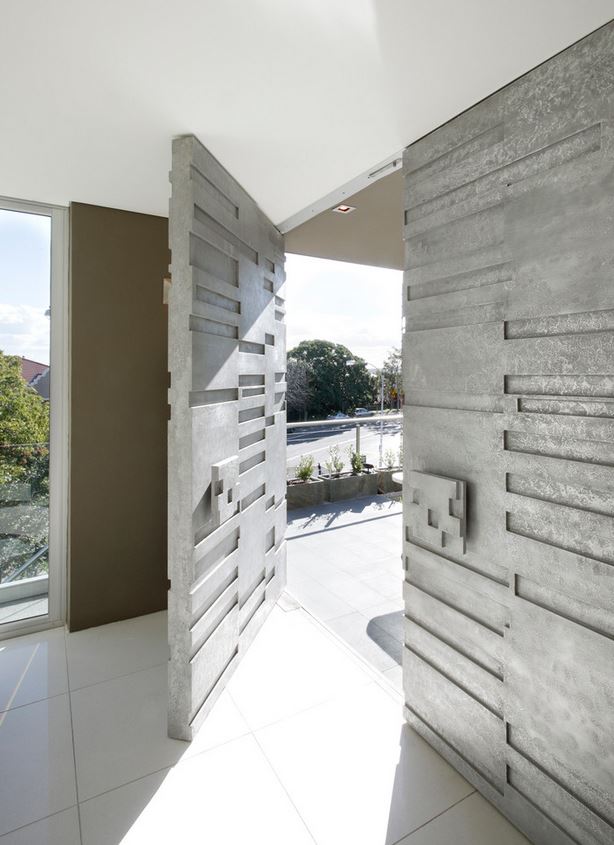
Exterior doors have to balance form and function. “The front door needs to be durable enough to withstand the weather and would-be intruders, yet attractive enough to enhance the overall look of your home,” says Dan DiClerico, home expert at Home Advisor.
He recommends taking your cues from the home’s architecture when selecting a door. “A simple steel door will suit a modern, minimalist home, while a carved wood door with sidelights and a transom will be appropriate for more traditional homes, such as craftsman or colonial,” DiClerico explains.
Pros and Cons of the Most Popular Types of Exterior Doors
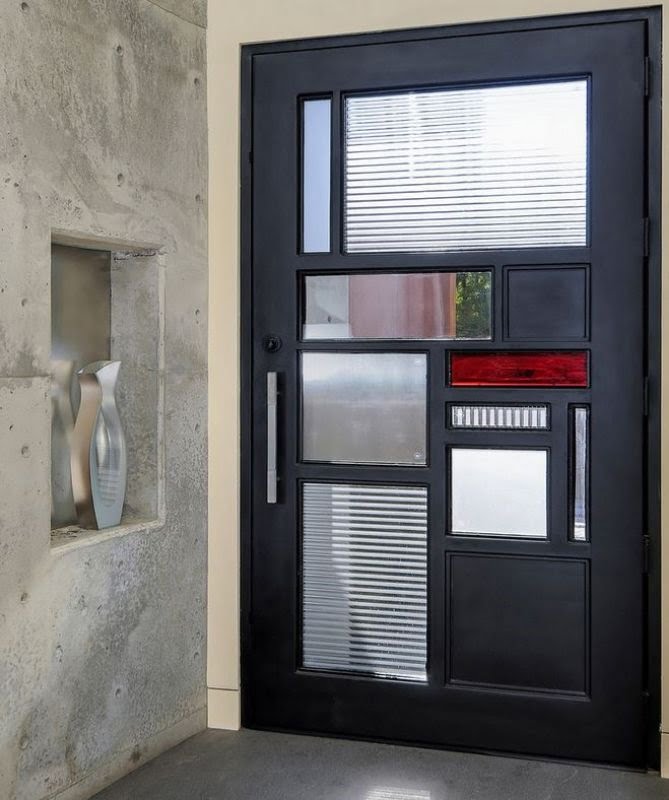
Exterior doors are available in a variety of materials. DiClerico lists the pros and cons of the three most popular types of exterior doors:
Fiberglass
- Pros: The practical option, fiberglass doors combine value, performance and low maintenance. Many fiberglass doors can be painted or stained so you can change the look easily.
- Cons: Though their embossed wood textures are convincing, visitors probably won’t mistake them for a real wood door up close. The synthetic material is also prone to cracking.
Steel
- Pros: A very popular option nowadays, steel doors are durable, secure and affordable. Most are also extremely energy efficient, making them a good option in extreme climates, whether hot or cold.
- Cons: Steel doors are prone to dents and scratches, which are difficult to repair.
Wood
- Pros: The most beautiful doors tend to be wood. Solid-wood versions are also extremely durable and weather-resistant, plus dents and scratches can be easily repaired.
- Cons: They’re expensive and require regular maintenance, including periodic painting or staining.
Cost/Security
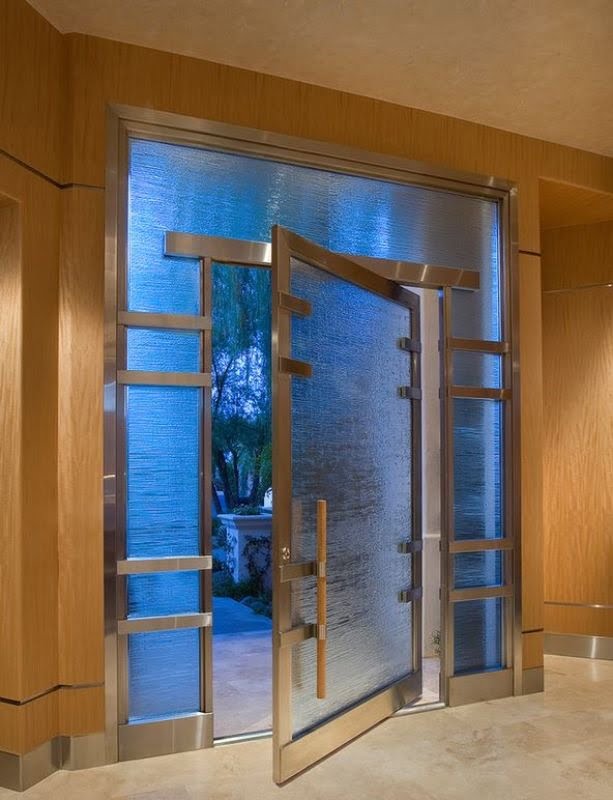
The average price for a new entry door ranges from $500 to $2,000. “This includes installation, though with high-end custom doors the project can quickly exceed $10,000,” DiClerico says. “The labor usually runs between $40 to $90 per hour, with an average of about $70 per hour for a licensed contractor.”
Regarding security, your entry door is only as good as its lock, explains DiClerico. “For best results, HomeAdvisor locksmiths recommend a lock with a 1 inch-long deadbolt and a reinforced metal box strike. For good measure, securely fasten the box strike to the jamb with 3 inch-long screws.”
Amira Johnson at Emerald Doors provides four tips for maintaining your doors. “Clean the doors on a regular basis, oil hinges when needed, replace weather stripping regularly and, when required, repaint them.”
Interior Doors
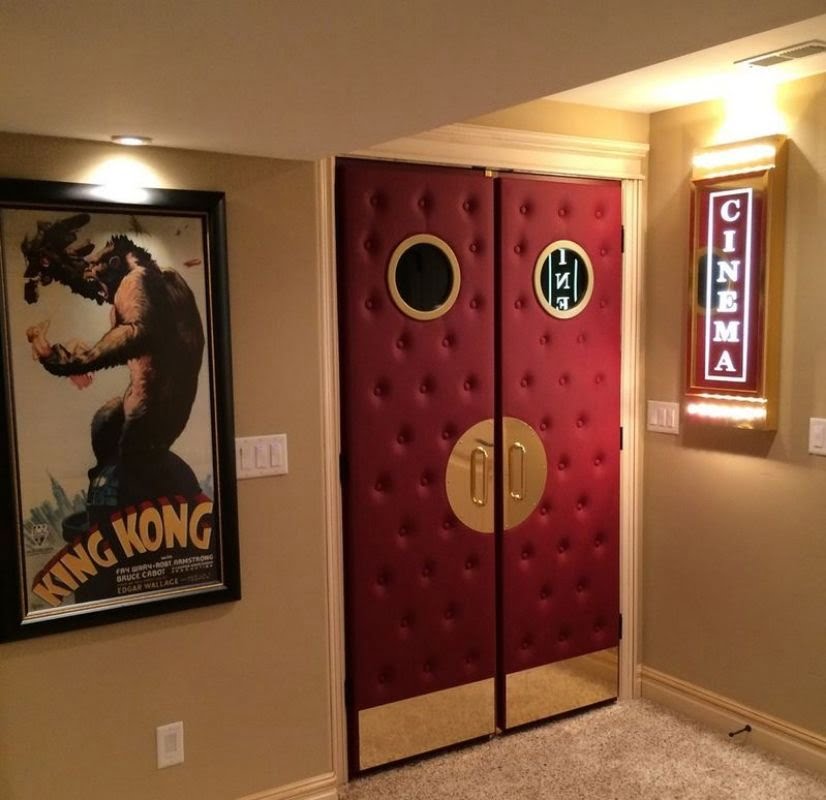
When choosing an interior door, the choices are seemingly endless. “Traditional hinged doors can be either pre-hung or slabs,” DiClerico explains. “Pre-hung doors are mounted in a frame with the hinges already attached to the door jamb. A slab is the just the door itself.”
Some interior door styles are quite popular with consumers. “Pocket doors are good space savers since they don’t swing into the room, sliding doors are common with closets, barn doors are in keeping with the farmhouse look that’s so popular and French doors are great for allowing light into an interior room that doesn’t have many windows.”
If you’re thinking about using an interior door outside, don’t do it, warns Johnson. “Exterior doors typically run 36″ wide, whereas interior doors are not as broad (30″), so cutting will be required.” In addition, she says that exterior doors are designed for rain, snow and UV rays. “So an interior door used outside could end up being warped from this type of abuse,” Johnson says.
Pros and Cons of the Most Popular Types of Interior Doors
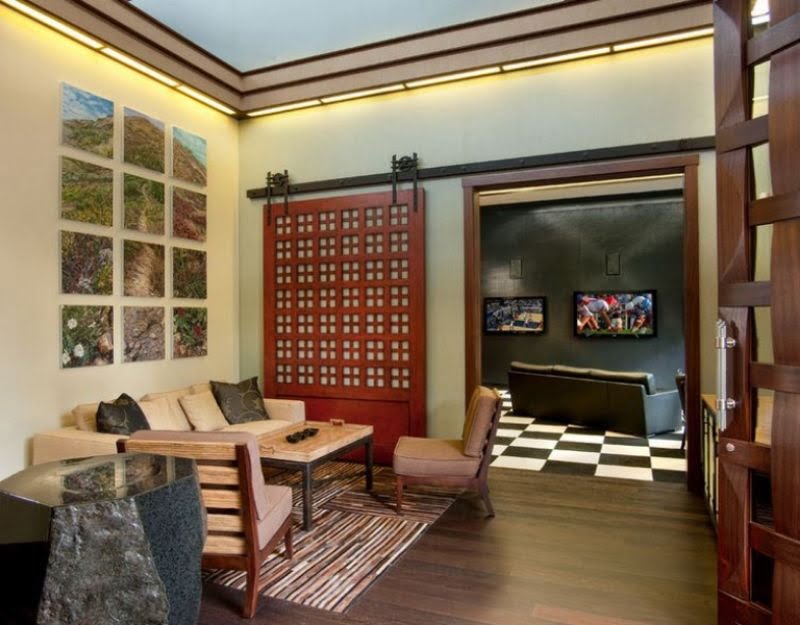
DiClerico lists the pros and cons of the most popular interior doors as follows:
Medium Density Fiberboard (MDF)
- Pros: This engineered material is durable and stable, so it’s not likely to warp.
- Cons: It doesn’t show grain the way real wood does.
Solid Wood
- Pros: Solid wood doors tend to be the most attractive and they offer good durability, energy efficiency and sound insulation.
- Cons: They’re also the most expensive.
Hollow Core
- Pros: Made of plywood or molded composite around a hollow core, these doors are the least expensive.
- Cons: They’re pretty flimsy and don’t do a good job containing noise or temperature.
Solid Core
- Pros: These doors are also made of plywood or molded composite, but with a core that’s filled with wood fiber. They offer better durability and insulation as a result.
- Cons: They’re pricier than hollow core doors, averaging about $50 to $200 more.
Costs
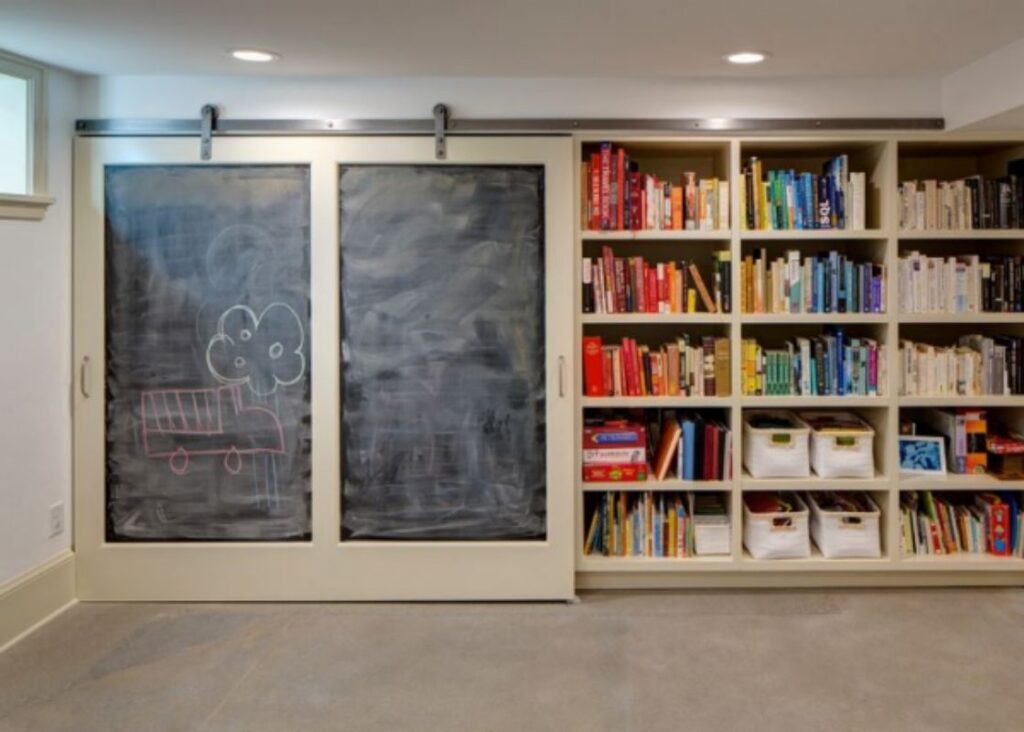
You can expect to pay anywhere from $75 to $125 to have a standard interior door installed. “Custom units can run a lot higher, especially if they require a new opening in the wall or the existing opening needs to be modified,” DiClerico explains. “For example, a set of French doors might cost as much as $5,800 to install, according to our True Cost Guide.”
So, what about barn doors? “They’re unique in that they open and close on track hardware that is mounted above the door’s opening. Depending on the size of the door, multiple tracks might be needed,” DiClerico says. “A basic sliding barn door with track hardware starts at $300 and goes up to around $1,000.”
Hidden Doors
Check out these hidden doors and hidden door bookshelves:
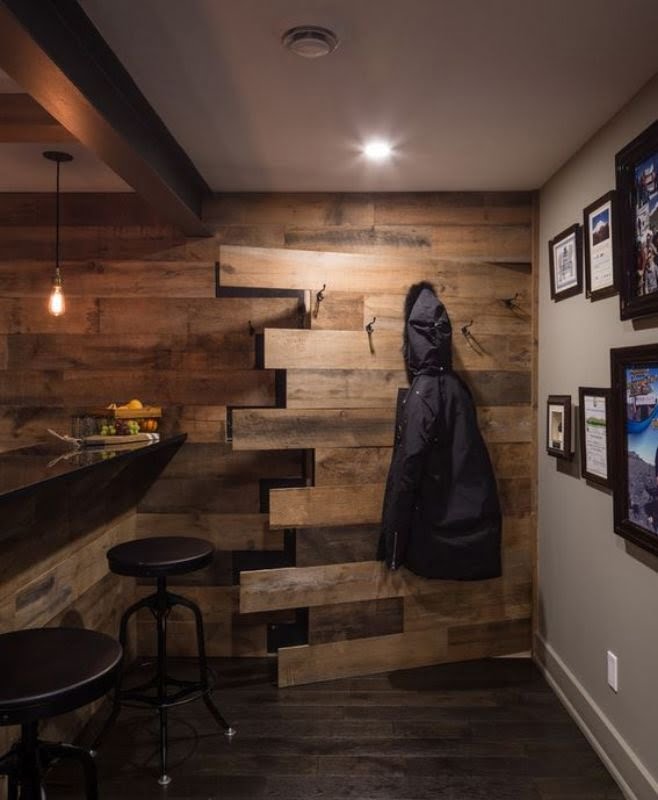
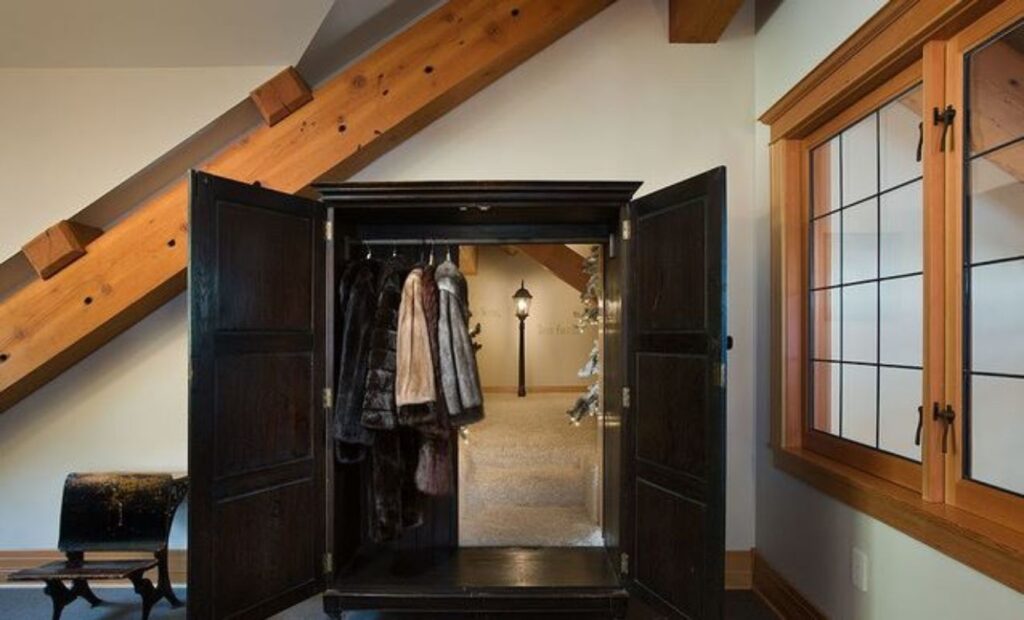
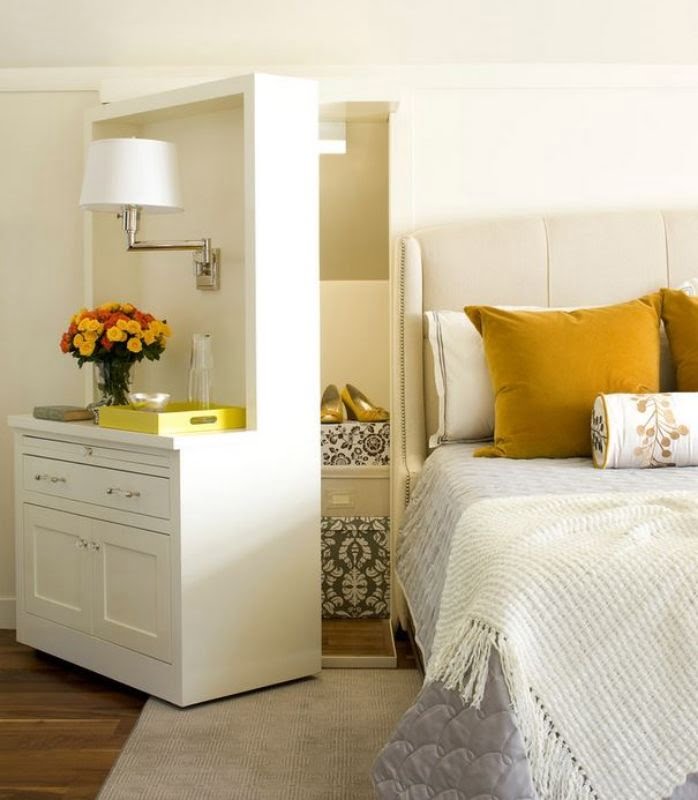
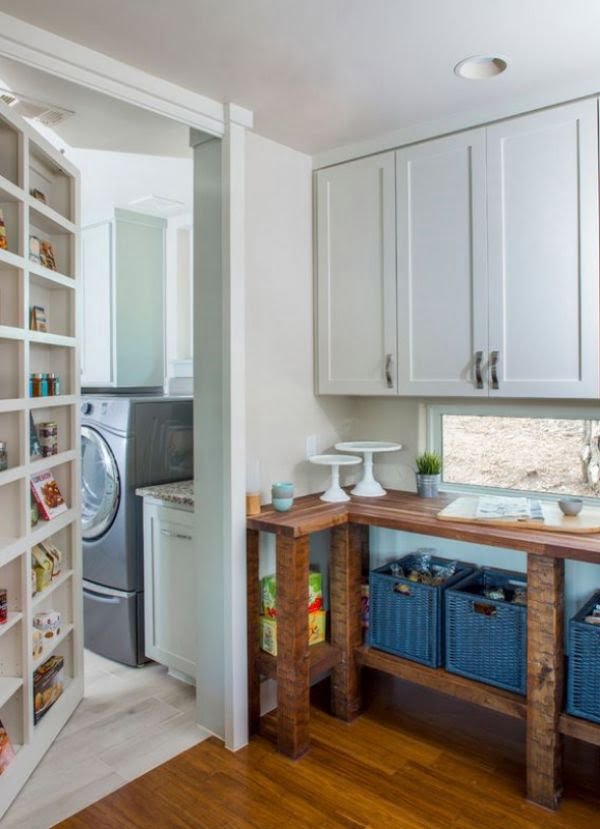
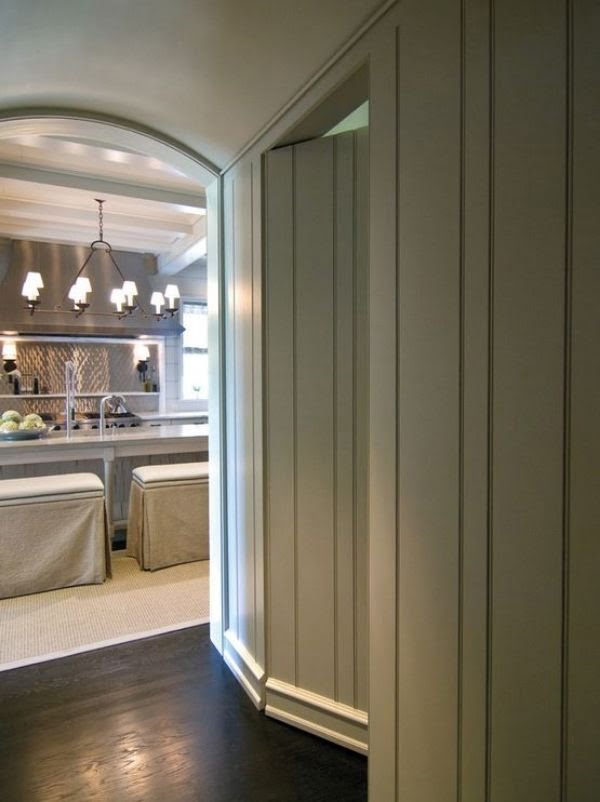
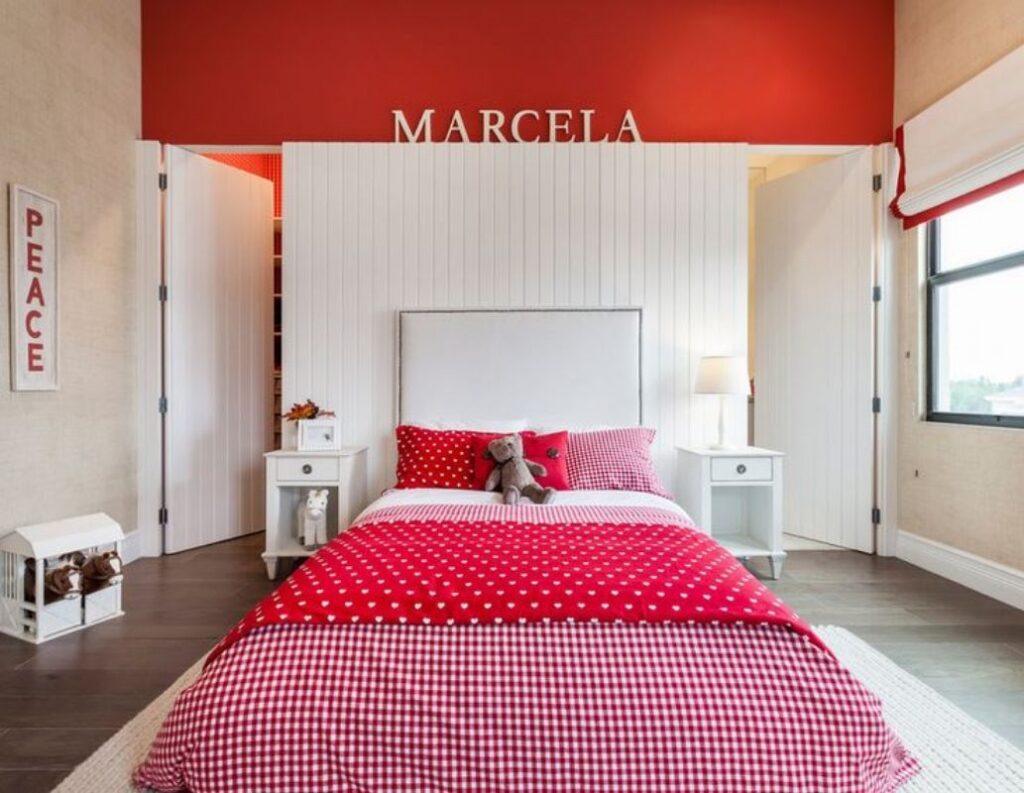




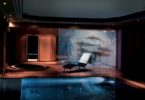


Leave a Comment
You must be logged in to post a comment.